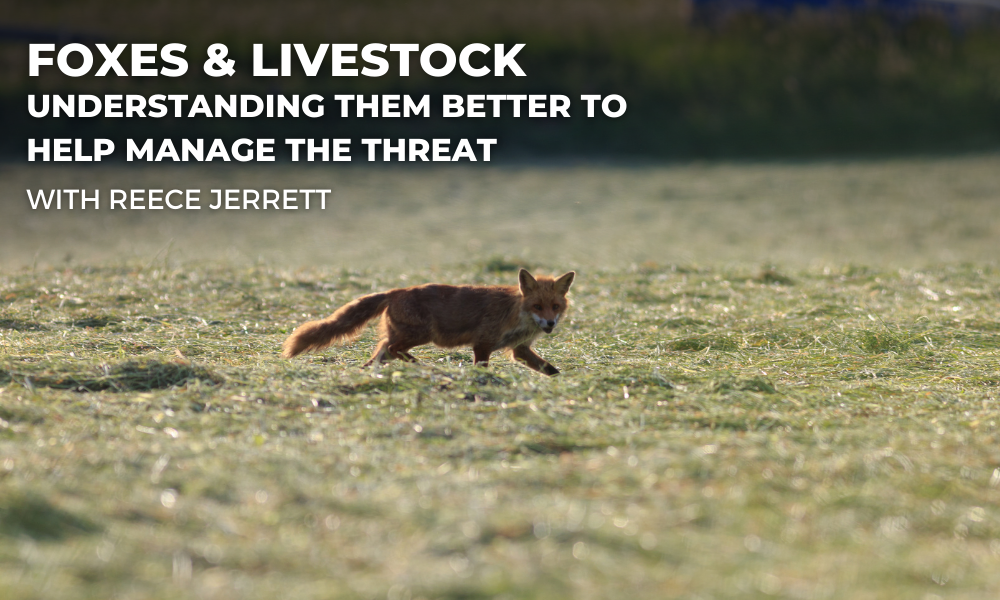
13 Dec Foxes & Livestock – Understanding them better to help manage the threat
By Reece Jerrett
Foxes are one of the big threats to livestock owners in Australia, and many poultry owners know this foe all too well. But did you know that there are an estimated 7.2 million foxes across Australia? In this blog, Reece Jerrett helps to clear up a few misunderstandings about foxes that can help livestock owners have a better understanding on how to deal with this species.
The European Red Fox is a well-known species in Australia. Many know the destruction they cause and the threat they pose to Australia’s Biodiversity. However, there’s more to know about this species and how it’s thrived as an introduced predator.
Red foxes can live in small social groups with which they form a territory. Typically consisting of one dominant pair. The dominant pair was originally thought to have been monogamous, however, this has been proven to not be true. Once the dominant vixen (female) has ended her oestrus, the tod (male) can breed with other vixens within the social group, whilst also expanding his range. Moving across several territories to breed with other vixens.
A study conducted in Bristol, U.K, found that a tod will cross an average of 2.7 territories to find receptive vixens. However, tods have been recorded of travelling across more than 12 territories. Gestation lasts for 51 to 53 days, giving birth to 3-5 kits from early August to late September.
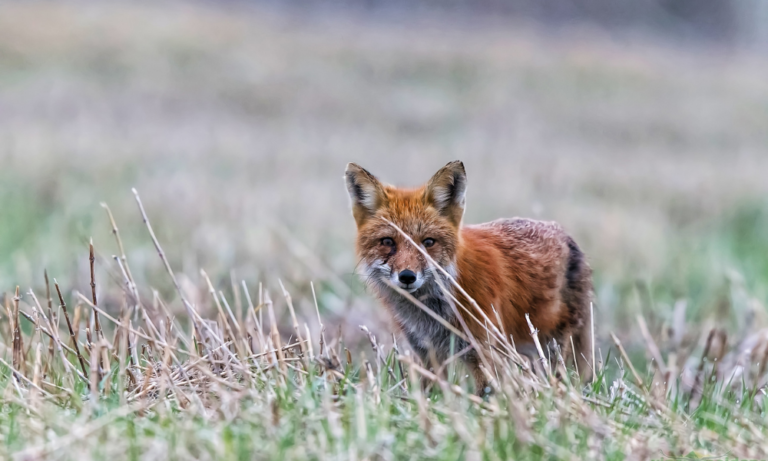
Red Foxes - Breeding
Red Foxes typically reach sexual maturity at 10 months of age and live between 2 to 6 years. Producing one litter per year of around 4 to 10 kits (young foxes). The kits are weaned at around 12 weeks. Tod kits often leave their parent’s den before the vixen kits. After weaning off of their parents and leaving the den, adolescent kits will set out to find their own territory and range. An adult fox’s range can vary from 2km to 15km – however, this can depend on different environmental factors such as the availability of food and water.
Habits of Red Foxes
Red foxes are mostly nocturnal, spending much of their day in a den. Dens can be created from enlarged rabbit warrens, fallen tree trunks, woodpiles and dense undergrowth. Being nocturnal, hunting is often done at night, predating on prey between 35grams to 15kg. However, their diet is broad, consisting of fruits/berries, invertebrates, amphibians, birds, mammals and carrion. Red foxes will take advantage of times when food is abundant, by caching food for times of the year when food becomes scarce. This habit can give the impression that foxes are killing for fun, whereas they are just preparing for a shortage in food sources throughout the year.
Fox Control Options
There are a range of fox control and prevention methods that can be used across WA, including 1080 baiting, candid pest injectors, trapping, shooting, fumigation, den destruction, animal husbandry and exclusion fencing.
To read more about these methods, please check out the link below:
For further reading about fox habits and biology, please follow the links below:
What I do to keep foxes out...
I’ve had a bit of trouble with foxes, so here are some of the extra protective measures I use to keep my poultry safe:
- I have a have 6ft corrugated steel fence around my poultry pens
- A 1.2m chicken wire apron on the floor around this fence
- 4 strains of electric fence attached to the steel fence
'The Compound' at Echovald Poultry stud...
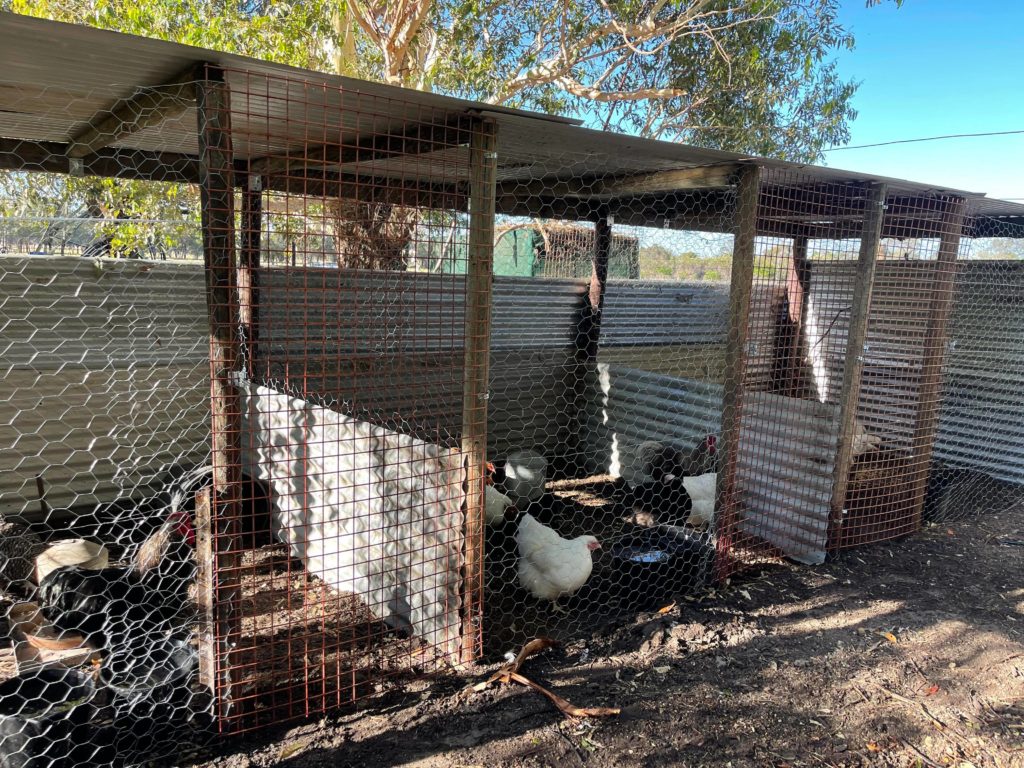
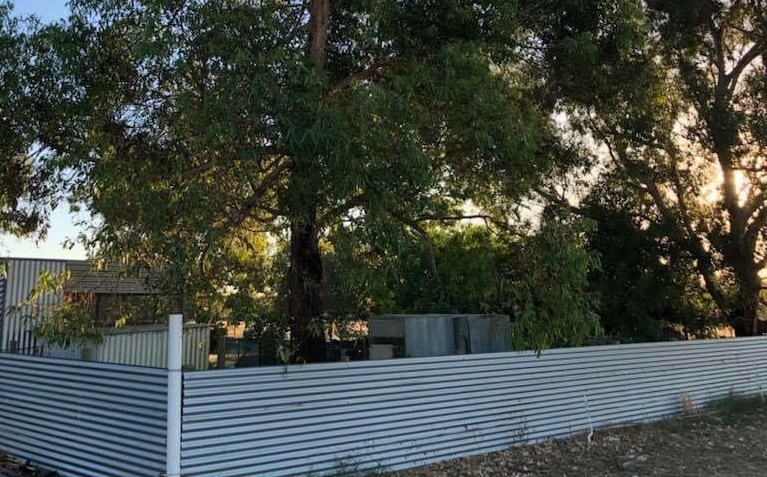
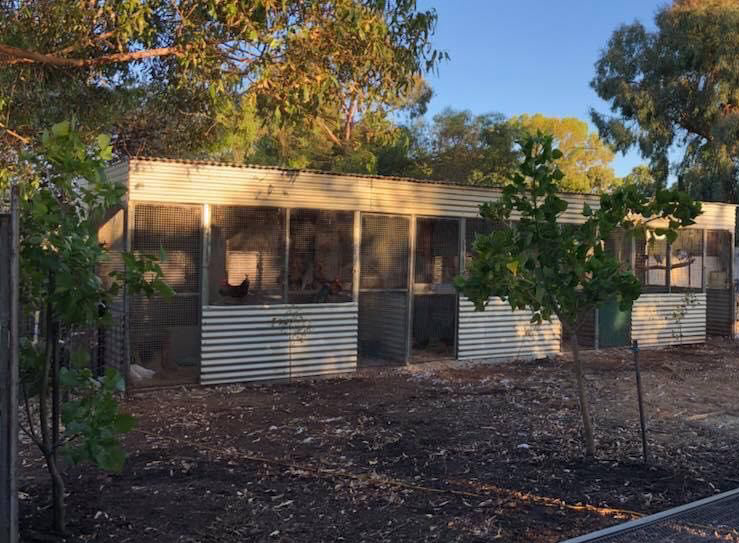
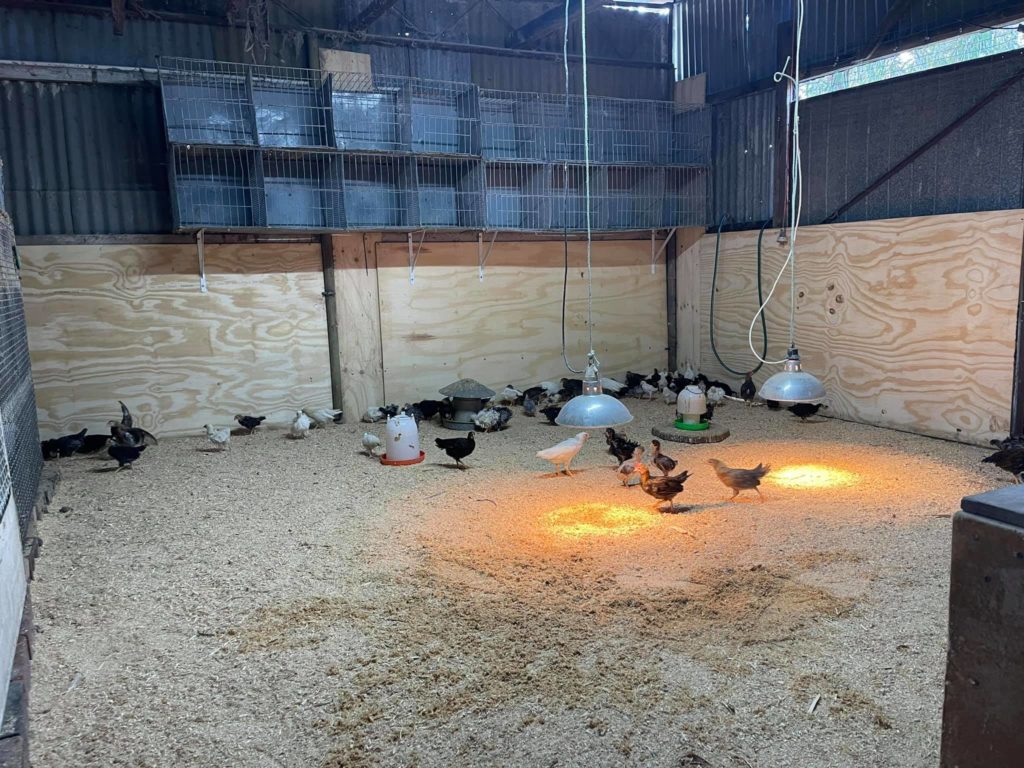
How secure is your coop?
Chickens are susceptible to a lot of different predators, and you’d be surprised how many different animals want to get into your coop!
Here are some coop features that help to keep your flock safe:
✅ Fully enclosed with a roof – It is safest to have your chooks in a fully enclosed coop, to stop predators from climbing or flying in. Coops can be a combination of solid walls and fine mesh, but watch out for joins and weak areas.
✅ Floor – having a solid or mesh floor helps to stop predators from digging in.
✅ Apron – if you can’t have your coop floored, install a mesh apron around the coop, to stop predators from digging in
✅ Avoid any gaps around windows and doors
✅ If you have a lid to your laying box for easy egg collection, put a latch on it so a predator couldn’t push in.
✅ Consider electric fencing if you’re in a high risk area
✅ Do regular maintenance checks so you can find any weak points before a fox does!
About Reece:
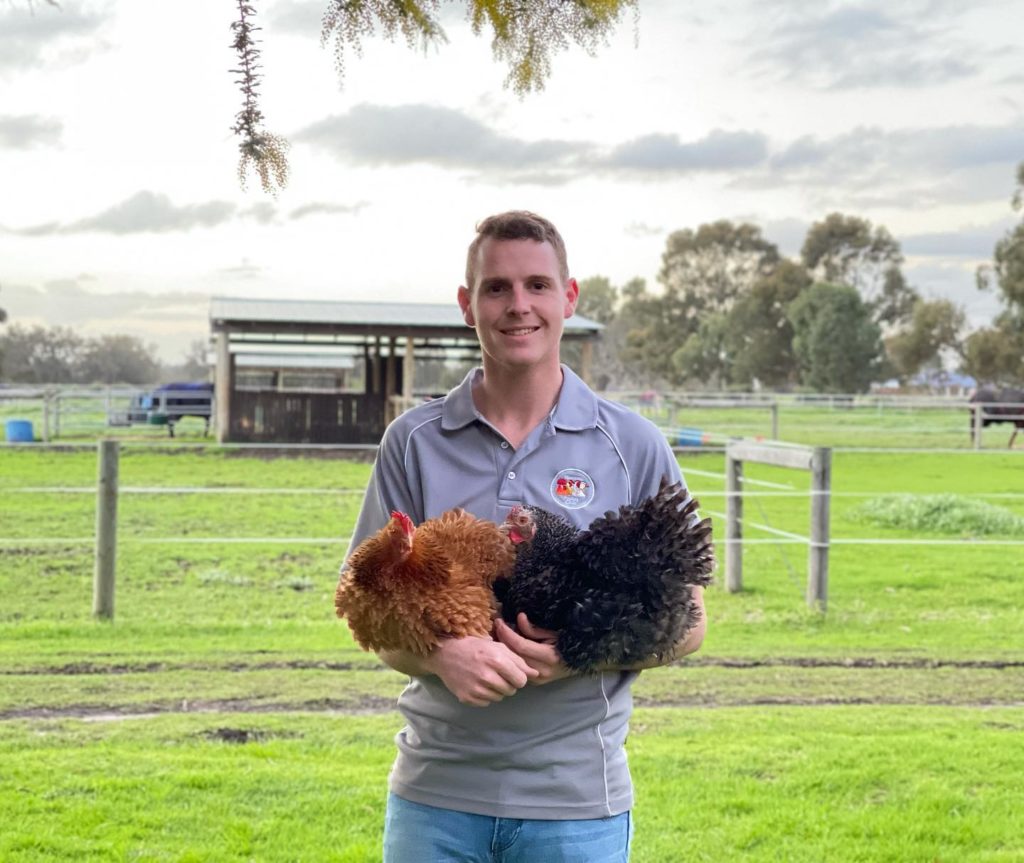
Reece Jerrett runs Echovald Poultry Stud, and is a successful poultry breeder, exhibitor and judge.
Reece is heavily involved in the poultry community and works hard to keep exhibition poultry growing.
Reece also works in wildlife conservation and resource management for Landcare.



No Comments